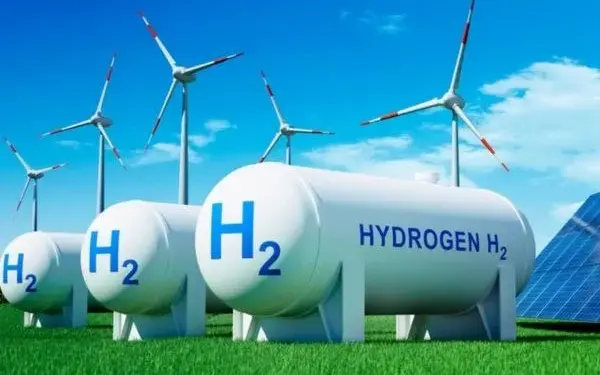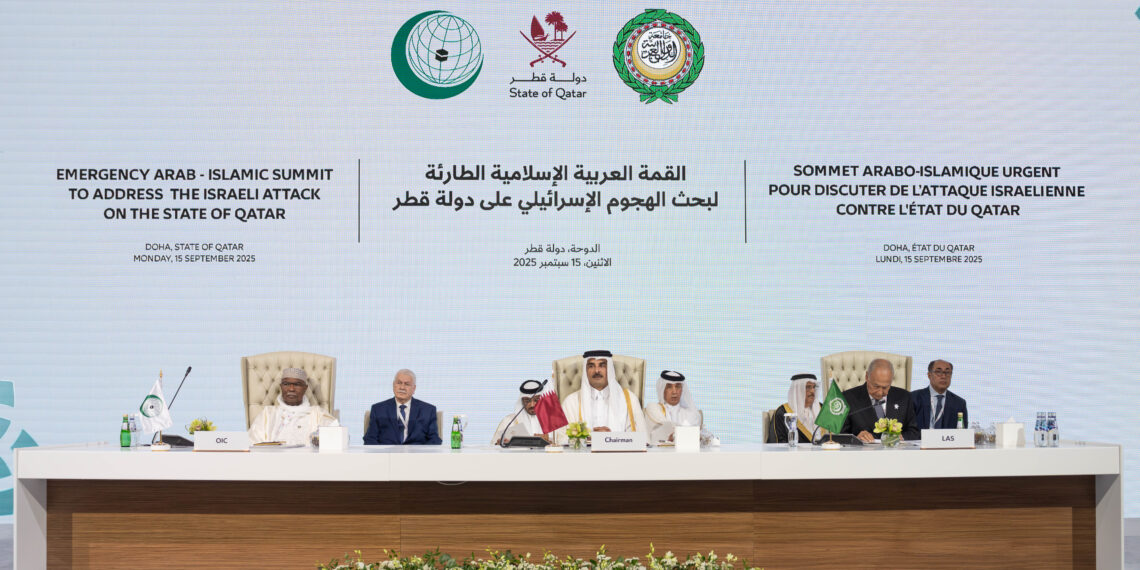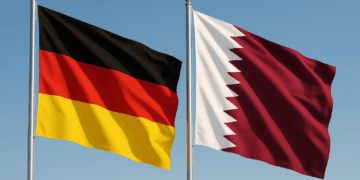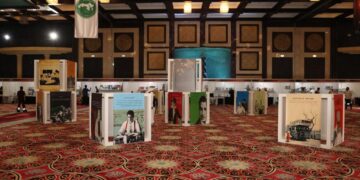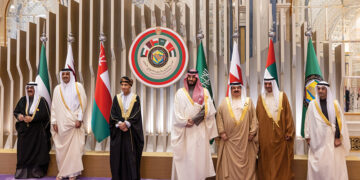The Sultanate of Oman is at the forefront of developing the green hydrogen sector in the Middle East, hosting five of the region’s top ten low-carbon hydrogen production projects, expected to be operational by 2030. These projects reflect Oman’s commitment to transitioning to renewable energy, leveraging its abundant solar and wind resources to promote sustainable development.
The second phase of the ACME Duqm project is Oman’s largest hydrogen project, with a production capacity of 497,000 tons annually, expected to be operational in 2028. The project relies primarily on solar energy. The Duqm Hydrogen Project is another key initiative, with a production capacity of 220,000 tons annually, scheduled for operation in 2030. It aims to establish a major hub for hydrogen production and export, benefiting from Oman’s strategic location.
Another project under development in Duqm, with a capacity of 215,000 tons annually, is expected to be operational in 2028, enhancing Oman’s attractiveness for international investments in renewable energy.
The Fortescue Future Industries project is a significant addition to Oman’s hydrogen portfolio, targeting 200,000 tons annually by 2030. It relies on a mix of solar and wind energy.
The EDF project in Oman is also a key initiative, with a production capacity of 178,000 tons annually, expected to be operational in 2030. It leverages solar and wind energy to enhance production sustainability.
Oman enjoys competitive advantages in green hydrogen, with its strategic location on global shipping routes, making it a pivotal hub for green hydrogen production and export. The Duqm Special Economic Zone (SEZAD) is a key center for attracting investments in this sector, offering a favorable regulatory environment and low-cost renewable energy resources.
The Omani government, through Hydrom, the entity overseeing the green hydrogen sector, plays a crucial role in fostering collaboration with global companies. The Public Authority for Special Economic Zones and Free Zones (OPAZ) also facilitates licensing and approval processes, making Oman an attractive destination for renewable energy investors.
Despite Oman’s leadership in green hydrogen production plans, it faces competition from regional players, particularly Saudi Arabia and the UAE. For example, the NEOM Helios project in Saudi Arabia aims to produce 219,000 tons annually, while the ADNOC Ruwais Hydrogen project – Phase 2 in the UAE targets 200,000 tons annually.
However, Oman’s full adoption of green hydrogen, compared to projects relying on blue hydrogen based on natural gas, gives it a significant competitive edge in global efforts to achieve carbon neutrality, reinforcing its position as a key player in the future of sustainable energy.


